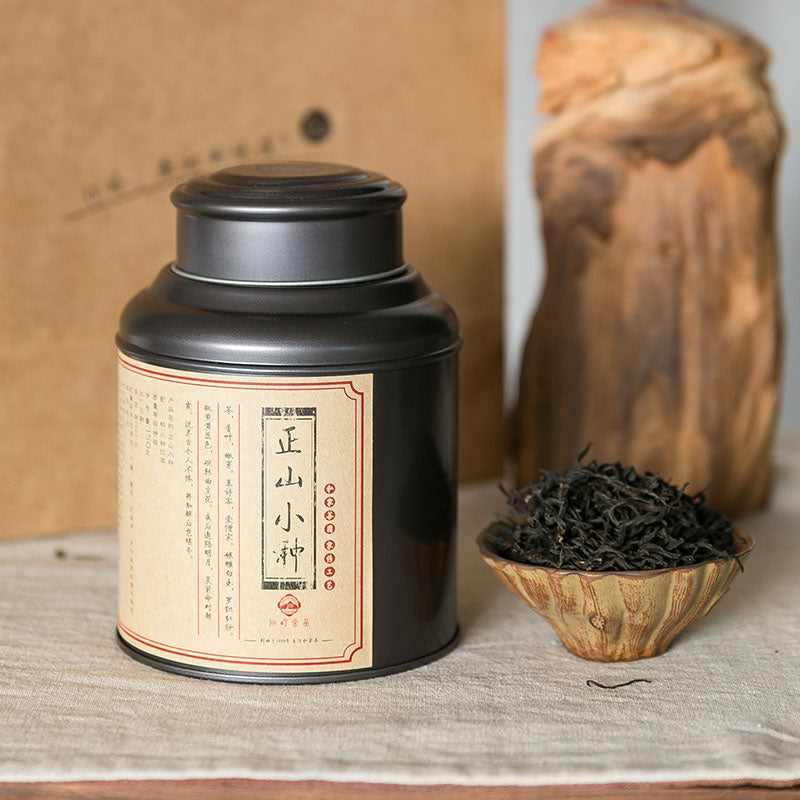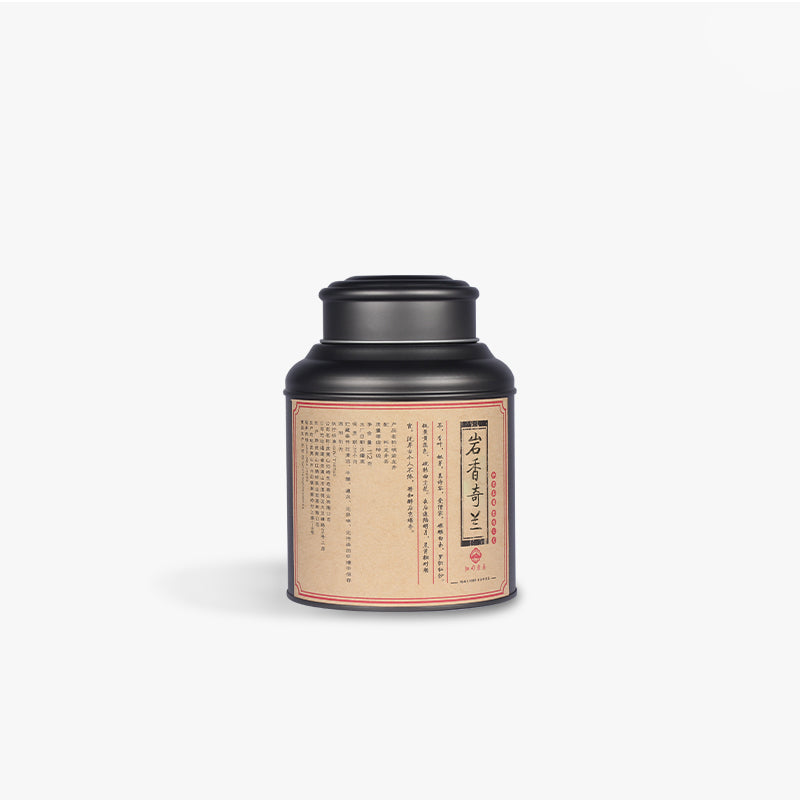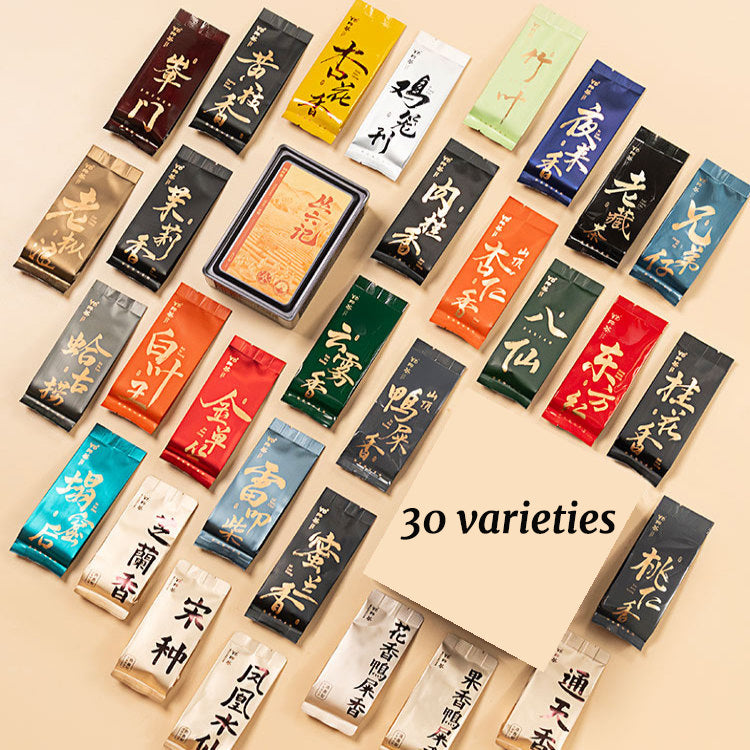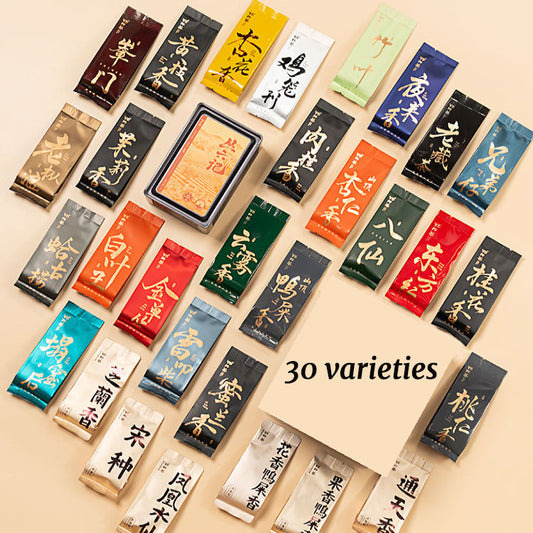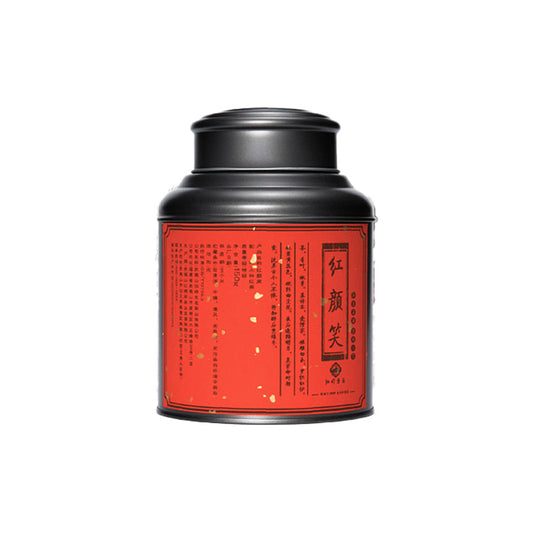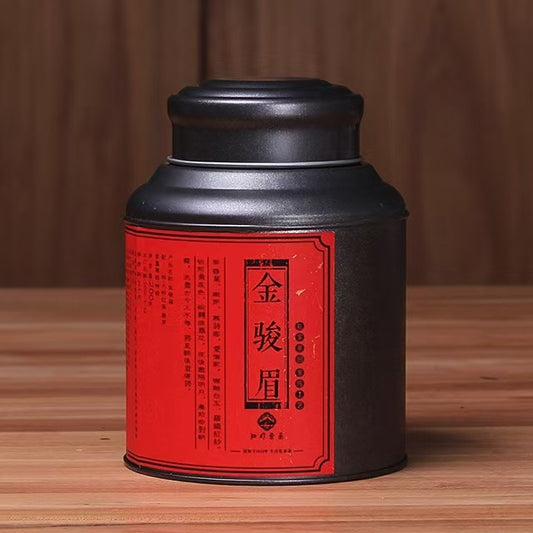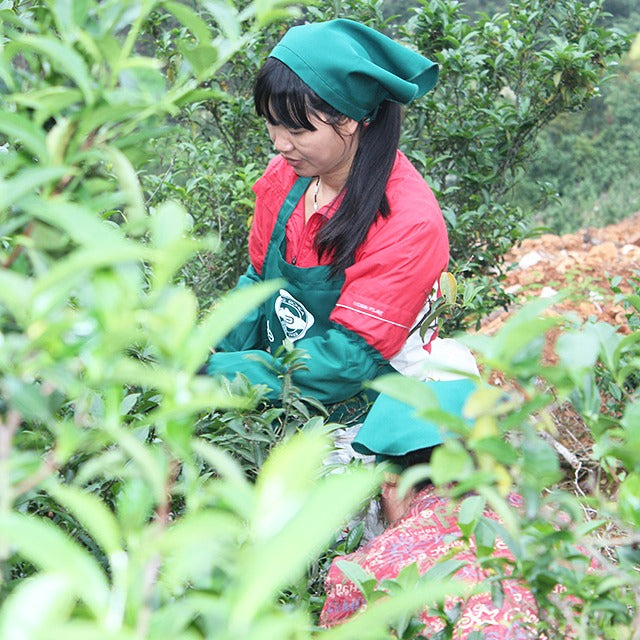Chun Mee A Tangy Whisper of Tradition
Chun Mee A Tangy Whisper of Tradition
Imagine a tea imbued with history, its leaves unfurling stories from the past each time they touch hot water. This is the world of Chun Mee, a unique green tea from China whose very name, meaning "precious eyebrows," poetically alludes to the distinctive curve of its leaves — akin to the elegantly arched eyebrows depicted in classical Chinese paintings. Unlike its more famous cousins, such as Dragon Well or Jasmine, Chun Mee offers a subtler, tangier character that stands on its own.
Originating from the Jiangxi Province, amid misty mountains and meandering rivers, Chun Mee exemplifies the artistry of traditional Chinese tea-making. Jiangxi's lush landscape contributes to the tea's unique flavor profile, infusing each leaf with a fresh, floral scent and a gentle tanginess that is refreshingly distinct. This tea has been cherished for centuries, not just for its flavor, but as a daily ritual for those who savor its delicate complexity.
Brewing Chun Mee requires a gentle touch, as its thin, wiry leaves are quite sensitive to over-steeping. A water temperature slightly cooler than boiling, around 75°C to 80°C (167°F to 176°F), is ideal to bring out its full aroma without bitterness. The steeping time should be short — just two to three minutes — allowing the tea to reveal its harmonious balance of sweet and sour, a dance of flavors that is both stimulating and soothing. This brew invites you to slow down and appreciate the nuances, an enticing call to mindfulness in a hurried world.
Chun Mee's taste also sets it apart from other green teas. Many connoisseurs find its tangy notes reminiscent of citrus or lightly toasted nuts, flavors that linger subtly on the palate. When compared to the nutty, smooth profile of Longjing or the floral sweetness of Jasmine, Chun Mee's crisp, slightly astringent presence offers a refreshing alternative that can be enjoyed throughout the day.
In every sip of Chun Mee, there's an invitation to explore not just the taste, but the journey of its leaves — from the hands of skilled artisans in Jiangxi to your teacup. It's a reminder of the enduring connection between nature, tradition, and the modern tea drinker. So, the next time you brew a pot, allow yourself to pause and enjoy this green tea's gentle complexity. Its quiet charm may surprise you, revealing a new appreciation for the simple, yet profound pleasure of a well-crafted cup of tea.

